Do your students struggle with their multiplication facts? Despite what I thought my first years teaching, they don’t need more flashcards. They definitely don’t need timed drills or tests. Instead, they need strategies to help them use what they do know (easier multiplication facts or addition facts) to solve any problem. Check out this post to read about the 6 multiplication strategies that I teach my 4th and 5th graders and grab free printable posters to help you teach the strategies to your students.
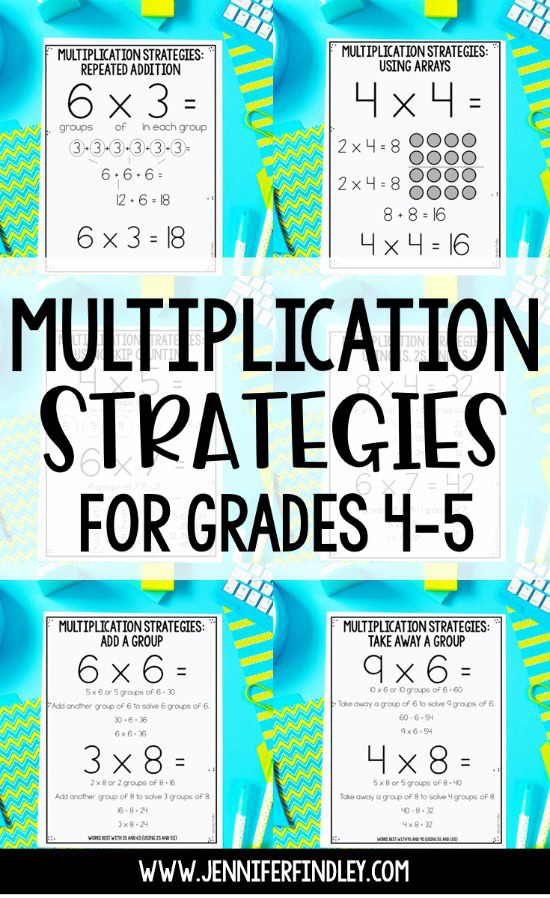
Teaching the Multiplication Strategies
I try to teach strategies that can be applied to any multiplication problem. I have never found success with giving my students specific strategies to use with specific math facts. Typically, if a student can remember to double and then double and then double for the 8s, they are able to actually memorize the math facts.
Instead, I prefer to use multiplication strategies that are conceptual in nature and work with any multiplication problem (though some are definitely more efficient with specific multiplication facts). Not only does this just make sense, but it deepens their understanding of multiplication which leads to greater success with word problems and with division.
When Do You Teach These Strategies?
Since my time is limited with 4th and 5th graders, I teach these strategies during number talks or small groups with students who need it. I try to work one day a week with my students specifically on their math fact skills. I wish I had more time, but honestly with the pacing demands and grade-level skills hanging over our heads, one day a week is sometimes a challenge.
After introducing and modeling a multiplication strategy, I like to provide my students immediate practice using this set of multiplication strategy task cards. I either use these task cards in a math center or as part of my small group intervention lesson. The goal with introducing these strategies and then having them practice (with the task cards) is to get my students familiar with using the different strategies. This will hopefully lead to them eventually choosing the ones that are most efficient for them and for the specific problem they are solving.
Now, let’s talk about those multiplication strategies.
Multiplication Strategy #1 – Repeated Addition
This is a typical strategy that most students begin with. I like to encourage my students to add quicker (by combining) and add mentally. This strategy is a foundational one that will help the students understand the other ones. This is why this is so heavily focused on in 3rd grade.
If your students are unable to do repeated addition, they may struggle with the more advanced multiplication strategies. So even though this may feel tedious and time-consuming, it is an important foundational strategy that leads to more efficient strategies (and helps with conceptual understanding).
Multiplication Strategy #2 – Arrays
This multiplication strategy is a newer one to me and I use it in a specific way. I don’t encourage my students to necessarily draw arrays. Instead, I use the visuals of different arrays to help them see the connections and known facts “inside” a more difficult fact.
As you can see from this example, 4 x 4 can be decomposed visually into 2 x 4 and 2 x 4. This helps the students solve for 4 x 4. When using this strategy, I like to invite the students to share as many decompositions as they can find and we record the multiplication problems that match.
This strategy specifically helps students “decompose” a more difficult multiplication problem into smaller problems that they do know automatically. Using the arrays is a great way to help students visualize the decompositions. This will help the more advanced multiplication strategies make sense to the students.
Multiplication Strategy #3 – Using 1s, 2s, and 5s
The decomposed array strategy leads right into the next strategy. For this strategy, the students use their known facts (usually 1s, 2s, and 5s) to solve unknown facts.
Here you can see that the 8 x 4 can be solved by decomposing the 8 into 5, 2 and 1 and solving (some students may do 5s and 3s). And the 6 x 7 can be decomposed into 5 x 7 and 1 x 7 to find the product. This is an excellent way to get your students to solve the trickier math facts and get them ready for partial products multiplication.
Multiplication Strategy #4 – Skip Counting with a Twist
Like repeated addition, skip counting is another foundational strategy that students learn in 3rd grade. I like to expand on this by having students use their skip counting skills to solve the unknown multiplication facts that they are unable to skip count for (4s, 6s, 8s for example).
As you can see from the example, students can use their skip counting by 5s and 2s to solve the 7s. This is not my favorite strategy and doesn’t work with every student, but some really gravitate toward it.
Multiplication Strategy #5 – Add a Group
The “Add a Group” strategy is just like the name implies. The students use the multiplication fact that is one group less (and easier or a known fact) to help them derive the unknown fact.
As you can see from the example in the image, students can use 5 x 6 to help solve 6 x 6 by adding another group of 6 to 30. Or they can solve 3 x 8 by adding another group of 8 to the solution to 2 x 8.
As I mentioned above, I prefer to use multiplication strategies that work no matter what the problem is. However, this strategy (and the next one) do have specific multiplication facts that they work best with.
The “Add a Group” strategy (in my experience) works best when solving 3s, 4s, and 6s (using 2s, 3s, and 5s respectively).
Multiplication Strategy #6 – Take Away a Group
Similar to the above strategy, this strategy has the students “taking away a group”. The “Take Away a Group” strategy (in my experience) works best when solving 4s and 9s (using 5s and 10s respectively).
Grab the Multiplication Strategies Posters Here!
Hopefully this post was informative and you can use these strategies with your students. Click here to grab the printable multiplication strategies posters shown on this post.
Tips for Success
- Introduce each strategy one at a time and allow for direct targeted practice with that strategy. Students will eventually gravitate toward the strategies that work best for them (or for the particular problems they are solving). However, we want to make sure we are providing the much-needed practice in each strategy. Click here to see the Multiplication Strategies Task Cards that I use to help provide this practice.
- Name the strategies. Naming the strategies helps the students share the strategies that they used and also helps when students are stuck and need a suggested strategy.
- Encourage students to use their strategies when they are solving multiplication problems and especially when they are solving grade-level work with embedded multiplication facts.
- Hang the posters or provide students with copies of the strategies. This goes along with the above tip. When encouraging students to use the strategies, they may need support and reminders of the strategies available for them to use.
- Be mindful of preserving conceptual understanding. I have been known to use tricks myself but I always try very hard to preserve conceptual understanding and avoid tricks until absolutely necessary (if at all). Having a conceptual understanding of multiplication is key for students when they are using these strategies (and when they are solving word problems).
Do Your Students Understand Multiplication Conceptually?
If your 4th and 5th graders still struggle understanding multiplication conceptually, they may struggle with these strategies as they build their understandings. The strategies are conceptual so using these will help. However, if your students need remediation on conceptual multiplication, check out my Multiplication Intervention Task Cards by clicking here or on the image below.
Shop This PostMultiplication Intervention Task Cards | Multiplication Conceptual Understanding
Over 300 multiplication task cards to help you build conceptual understanding of multiplication with your students
MORE Free Multiplication Facts Activities and Resources
FREE Multiplication Conceptual Understanding Pre-Assessment
Free Take Home Multiplication and Division Facts Toolkit
Free Multiplication and Division Facts Partner Games

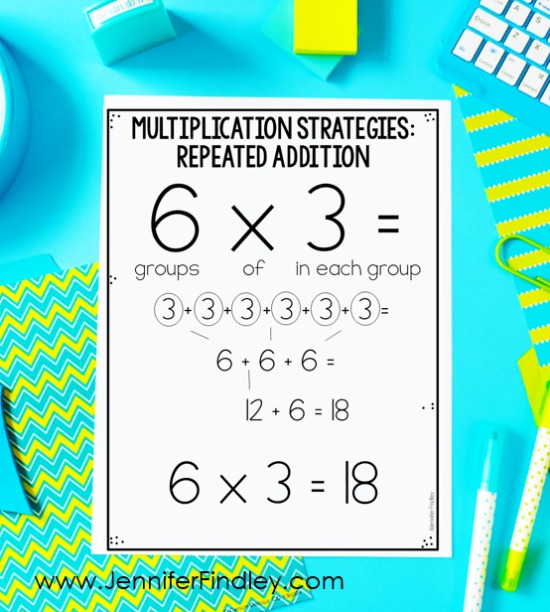
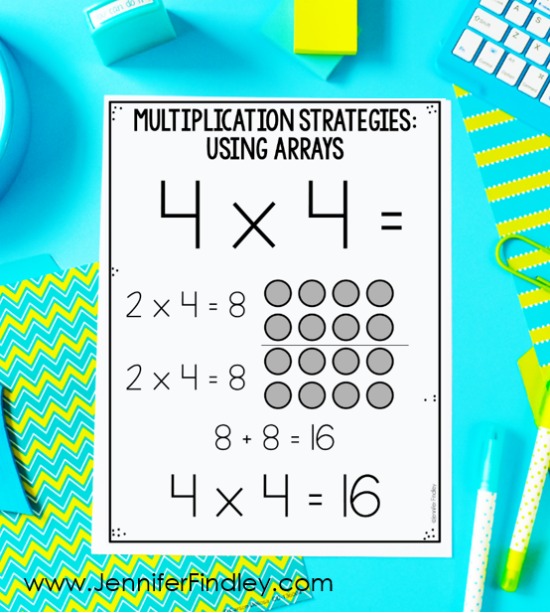

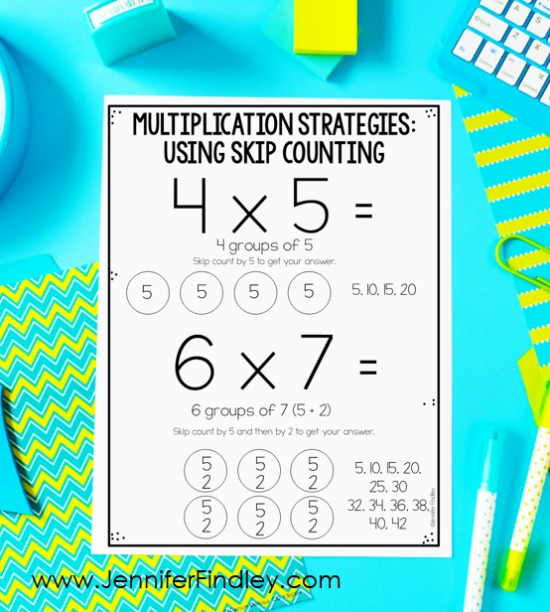


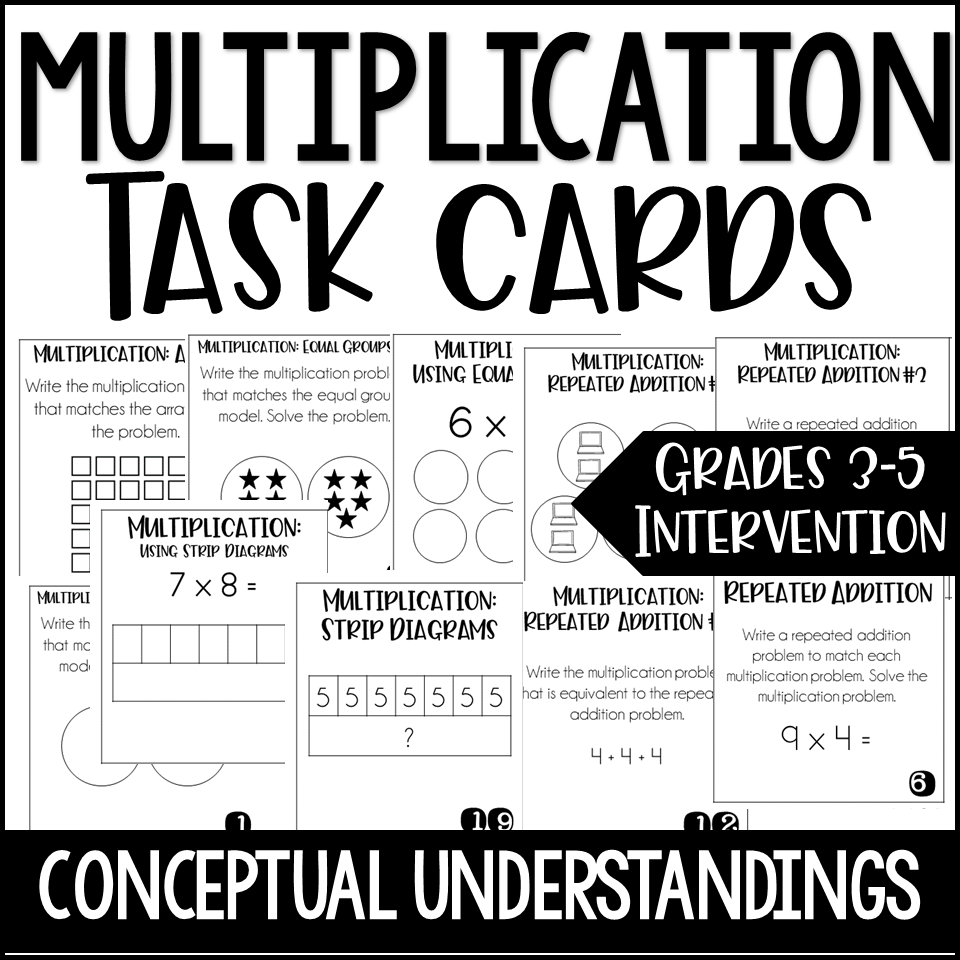






Can these be virtual or shown on the screen?
i think so
Thank you so much for you passion being shown in in all of these wonderful resources!!